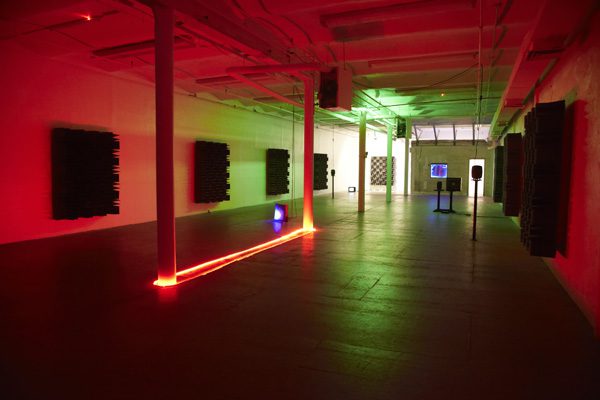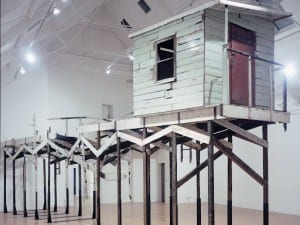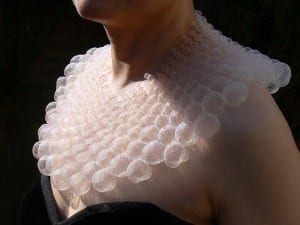This September the seventh annual Macmillan De’Longhi Art Auction returns to London. This year’s event will be held over five days and will include a public exhibition at the Royal College of Art; in previous years artists such as Antony Gormley, Rankin, Tracey Emin and Gavin Turk have all donated their work featured. The money raised on the evening will help support people affected by cancer through funding services. We speak to one of the participating artists, Haroon Mirza, about his practice and her relationship with Macmillan.
A: Your practice is based within the senses and you utilise sound and light, are you concerned with the response of your audiences when producing pieces?
HM: I guess I am. I’m concerned with how a work will be experienced. How one encounters it both visually and acoustically in time and space. I don’t wish to make any demands on someone present with the work. If one spends time they will hear and see more. If one thinks and delves then ideas, concepts, methodology, points of reference and narrative will hopefully emerge but that’s not something I can or wish to control.
A: The works that appeared at the Hepworth Wakefield this year included found objects you discovered in the gallery space, what is it about found objects that interests you?
HM: I’m fascinated by the idea that all objects have a life and are a product of their existence through time and space. Objects in a museum exemplify this to an extreme. With the Hepworth show I wanted to somehow unpick this by trying to alter the function and breakdown the hierarchy of objects without necessarily affecting their status. So artworks were grouped together on the floor and scuffed plinths were turned into sculptures of sorts. Alternative narratives around the artworks formed and traditional modes of display were challenged, as they have many times before..
A: Your installations are often huge and take over entire gallery spaces, is the gallery space important to you when constructing an installation?
HM: When I make a room sized work, I often treat the room itself as part of the work like a readymade or a found object. The acoustics, the architectural features, the electricity points are all important details.
A: Your recent exhibition at Lisson involved working with your brother, who is training as an architect, why did you decide to work together?
HM: He is much better equipped to drawing up designs for large structures than I am. I can work well with him because I can describe exactly what I’m thinking and he can understand it clearly whilst offering sound structural and design advice. He’s only doing his part three now so is very uneasy with the term “architect” so prefers to be referred to as a designer.
A: Sound art is currently becoming increasingly popular, with exhibitions at MoMA and South London Gallery focusing on the form this year- why do you think there has been an increase of interest?
HM: In have no idea. Artists have been working with audio for thousands of years. Some people prefer to call it music.
A: Why did you want to take part in the Macmillan auction?
HM: My mother died of cancer when I was 11. I know many people that have been affected by it so I hope my tiny contribution can help in some way.
Macmillan De’Longhi Art Auction, 19 – 23 September, Royal College of Art.
Credits
1. Haroon Mirza installation work, courtesy of the artist.





